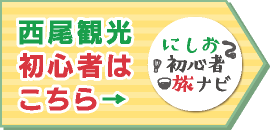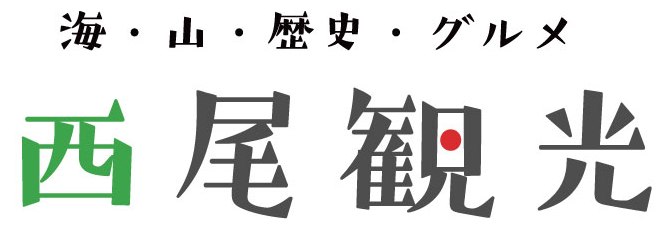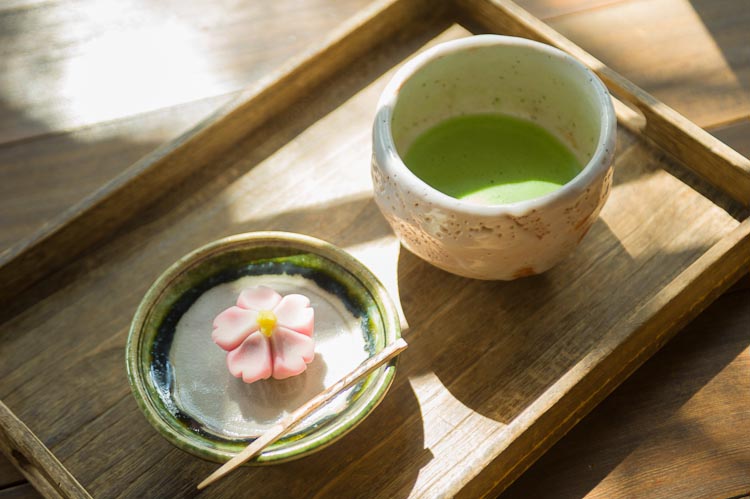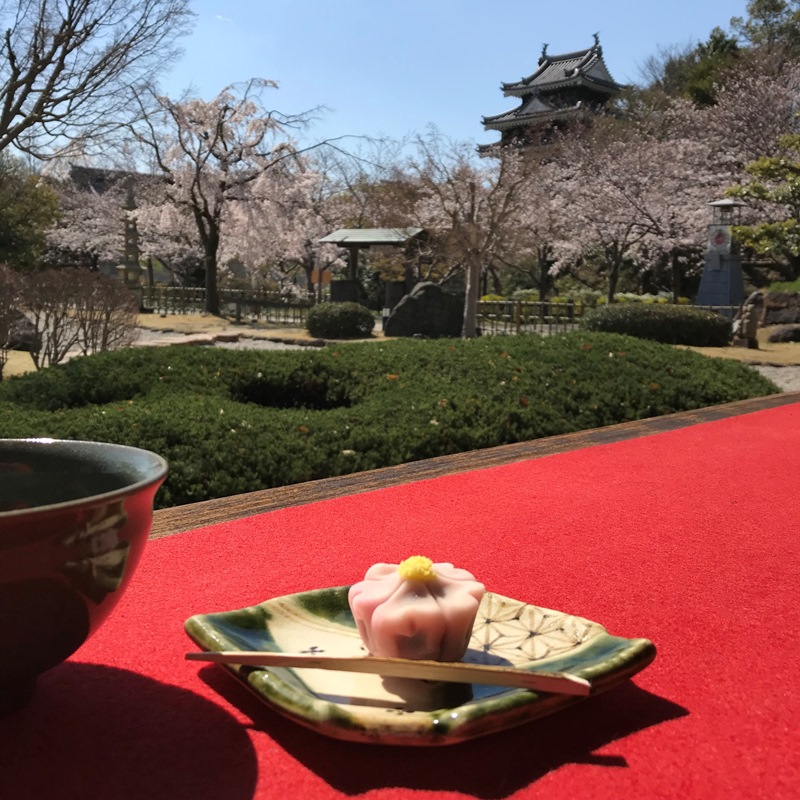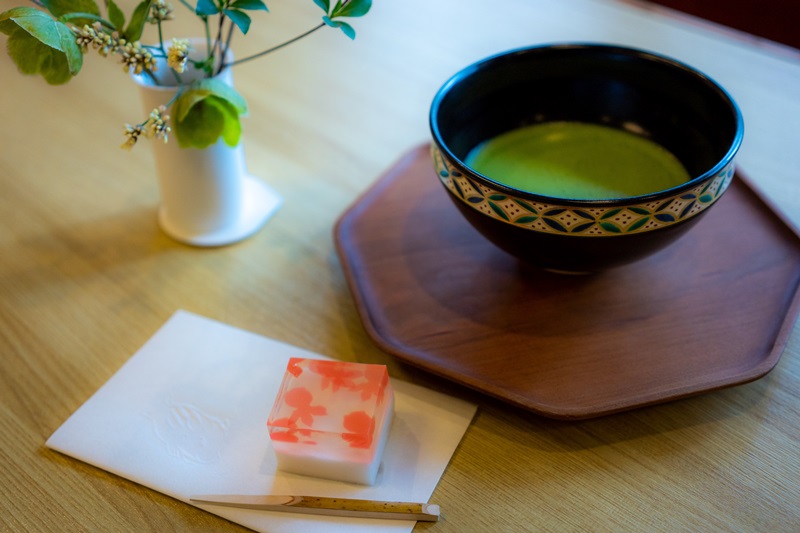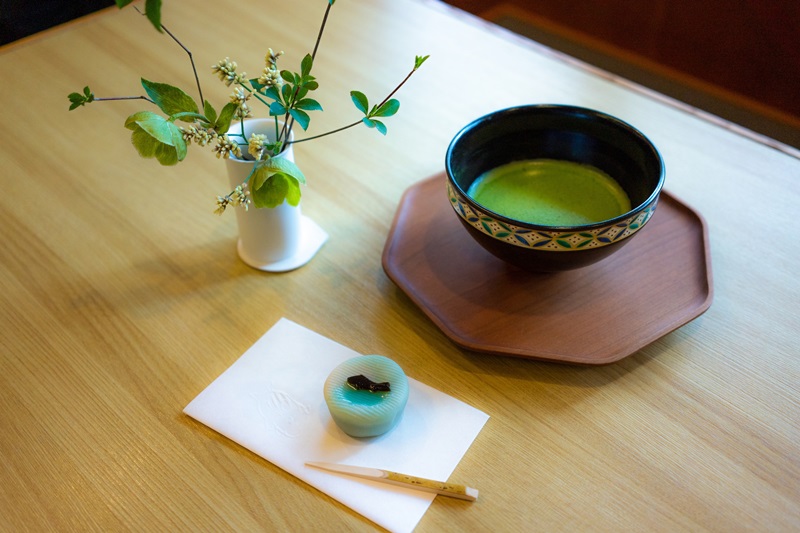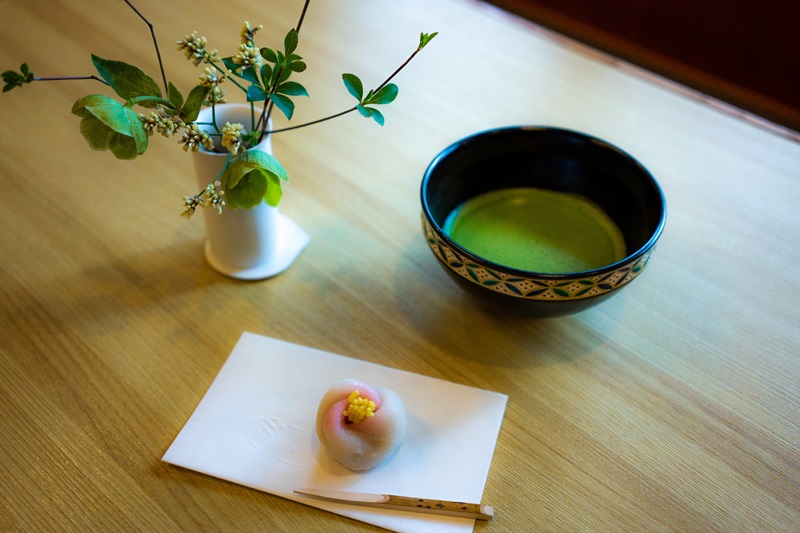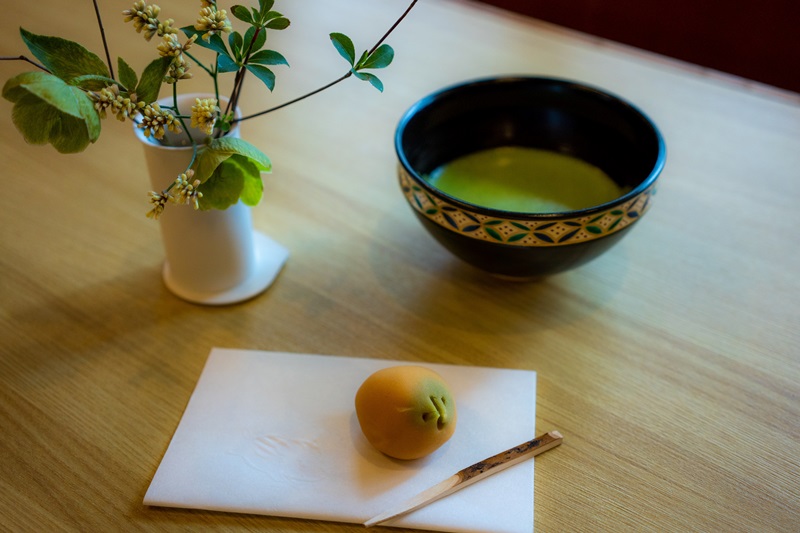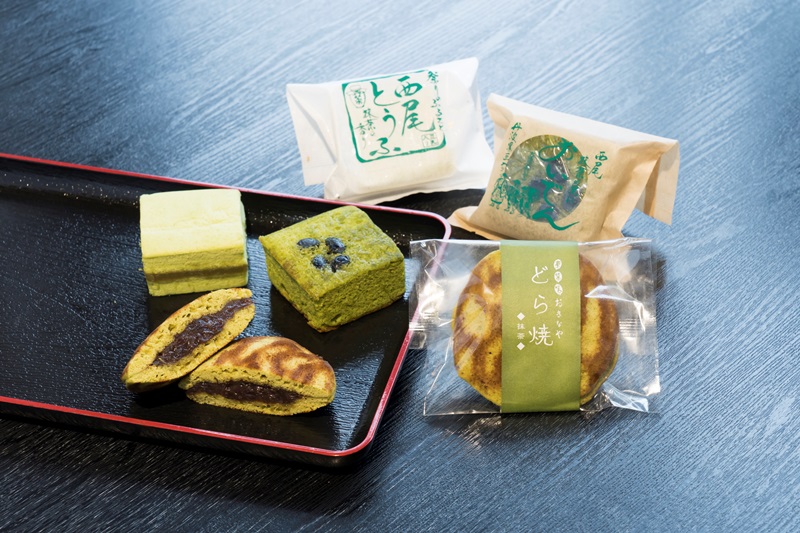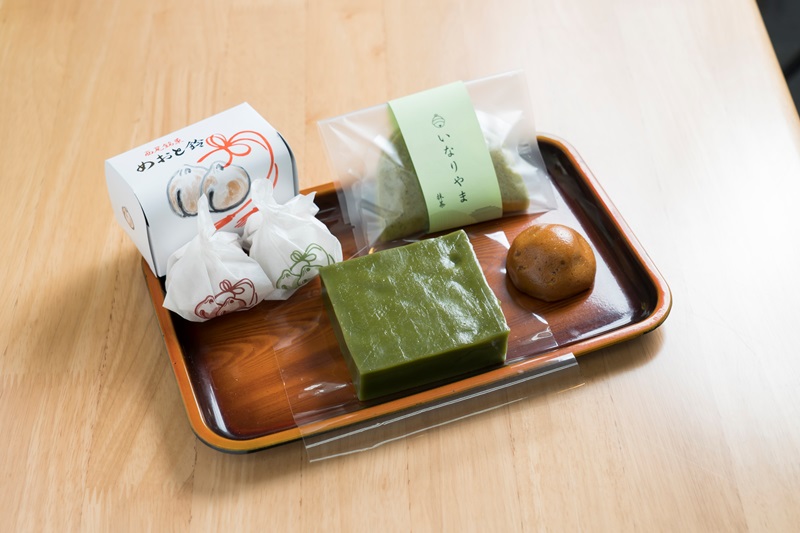Wagashi
Nishio Japanese Confections
Wagashi (Japanese confectionery)is a term that was created after the introduction of western confections(yogashi) from Europe and other places during the Meiji era (approx. 1868 –1912.) These Japanese sweets include mochi sweets, yokan, manju , monaka, rakugan, and rice crackers (sembei). In addition to the sweets that were brought by the envoy to Tang China, other confections such as castella were adopted from Spain, Portugal, Holland and so on during the early modern period and have since been adapted and treated as kinds of Japanese confections.
In comparison to Western sweets, Japanese sweets use less fat, oil, spices and dairy products. They often feature rice, wheat, grains, adzuki beans, soya beans, pulses, kudzu starch (Japanese arrowroot), starches, and sugar as main ingredients. A paste or jam, frequently made from processing a variety of beans is a particularly important factor in Japanese sweets.
They are generally made to go with green tea; however, they are not only enjoyed as an everyday teatime confection, they also have a profound connection with the tea ceremony. The confections are also used at annual events, for congratulating, giving condolences, and as gifts. Another of their characteristics is having a connection to the four seasons. High-quality fresh confections known as Jyo’namagashi make full use of manufacturing techniques. As well as flavor, they have a visual beauty expressed with an abundant sense of the seasons. The confections are said to be suitable for tea because they enhance the deliciousness of tea while gently reminding us of the natural taste of the four seasons.
Tea confections are said to be the first to announce the change of the four seasons. Such is their ingenuity that if the ingredients are at hand, freshly made confections can be served anytime to customers and guests before there is any change in flavor; served warm in cold times and chilled in hot times.
If they are difficult to actually make yourself, you can get them from a confectionery shop, the choice is easy to make because they have made them with the “spirit of hospitality” in mind, just like those made for tea ceremonies. A lot of focus is said to be put on their flavor. The sweets are alive in a sense, with their flavor changing moment by moment. The freshness and quality of ingredients are essential since an important component of the flavor is the texture on the tongue.
When it comes to types of steamed confections called omogashi in particular; we need to take in to account when they should be eaten, since their flavors change quickly compared to dried confections (higashi.) There are no set rules for tea confections.
The History of Japanese Confectionery
Ancient Japanese are thought to have eaten fruit and nuts when they were hungry, it is thought that this is perhaps when snacking on sweets started. (Fruit was called ‘Mizugashi’ meaning ‘water sweets’)
It’s said that the original form of Japanese sweets were fried confections brought from China in the 600s. Amongst these were deep-fried sweets that were prized as offerings to the gods, they are even offered today in the same form as many years ago at Atsuta Shrine (Aichi), Kasuga Grand Shrine (Nara,) and Yasaka Shrine (Kyoto) among others. In 754 during the Nara period, monk Ganjin brought sugar and honey to Japan, and in 806 during the early Heian period, monk Kukai introduced the making of rice crackers.
During the Kamakura period (1184-1333) monk Eisai brought tea seedlings back to Japan from Song China and developed the cultivation and popularization of tea, and by doing so spread the tea drinking culture. The making of confectionery also came to develop as a kind of Zen monk’s snack or refreshment. The sweets eaten at that time have almost no resemblance to the sweets of today; however, the manju (a steamed bun with a filling) brought to Japan in 1341 continues to be one of the oldest sweets.
During the Muromachi period missionaries from Portugal, Spain, and the Netherlands brought what are called nanbangashi, these were confections such as castella, bolo, konpeito and carmela. These confections made from wheat flour and sugar had a great influence on the development and methods used for making Japanese sweets (wagashi.)
During the period of isolation (closing the nation to foreigners) in the Edo period, the development of confections stopped; however, during this time highly valued sugar imports increased, as peace continued, unique confectionery production techniques were developed. In Edo, the samurai class and general public enjoyed Edo’s sweets, and Kyoto’s elegant traditional sweets were formed. Likewise, due to the development of the main roads between various districts culture and information exchanges flourished; in addition to the confections and product specialties of each district to becoming known to each other. In this way many of today’s Japanese sweets were formed during the Edo period.
When the Meiji period came with the opening of the country, a surge of Western culture introduced confections such as chocolate, cookies, cake, and candies. These newly arrived sweets became known as ‘western sweets’ and all previous sweets were classified as ‘wagashi.’
